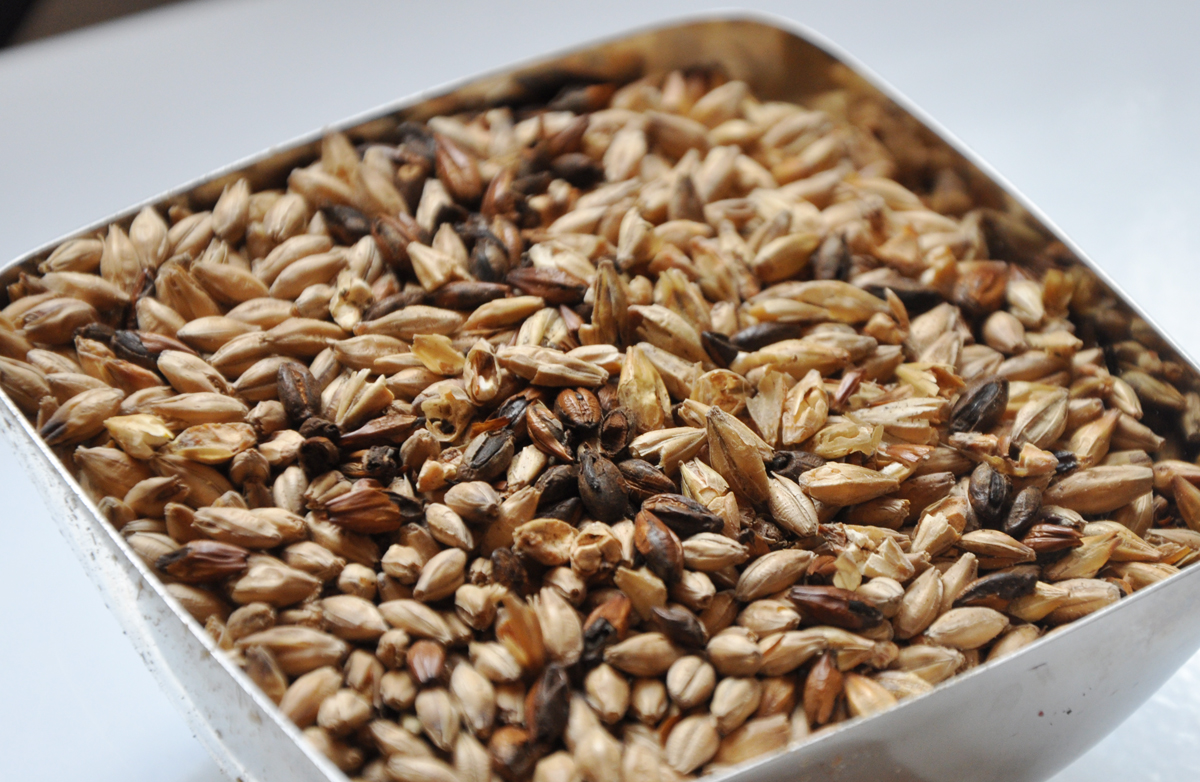 A protein rest is, or was used originally to break down proteins and make it easier for the starches in grain/grist to be converted to sugar. It was accomplished by a 20 minute rest of the mash at 50-55 Celsius (122F-131F) before the usual 60 minute mash (saccharification rest) at 64-70 Celcius (148F-158F).
A protein rest is, or was used originally to break down proteins and make it easier for the starches in grain/grist to be converted to sugar. It was accomplished by a 20 minute rest of the mash at 50-55 Celsius (122F-131F) before the usual 60 minute mash (saccharification rest) at 64-70 Celcius (148F-158F).
Nearly all modern malts do not require a protein rest, as they have been well modified, that is they have a high degree of breakdown during malting of the protein-starch matrix in the malted grain.
Under-modified barley malt or grists with over 25% unmalted grain, flaked barley, rye, oatmeal or wheat will benefit from a protein rest, it will break down proteins and make the starches more accessible for conversion, you'll also get a better run-off because it breaks down the large gelatinous proteins into smaller chains.
A protein rest also reduces chill haze and creates amino acids that the yeast can use for their growth and development.
That all sounds great! Why don't we just use a protein rest all the time?
Using a protein rest on a mash that does not require it (one with less then 25% under modified malts) will contribute to a thin, watery beer!
Protein rests can be performed by starting with a thick mash and adding a small amount of hot water to bring it up to your mash temperature, using a herm system (heat exchanged recirculating mash system) or if you can directly heat your mash tun.
So it's up to you, but unless you are using a rare malt or using a lot of under modified malts (as listed above) it really is a waste of time and leads to a thin beer!





Latest Articles